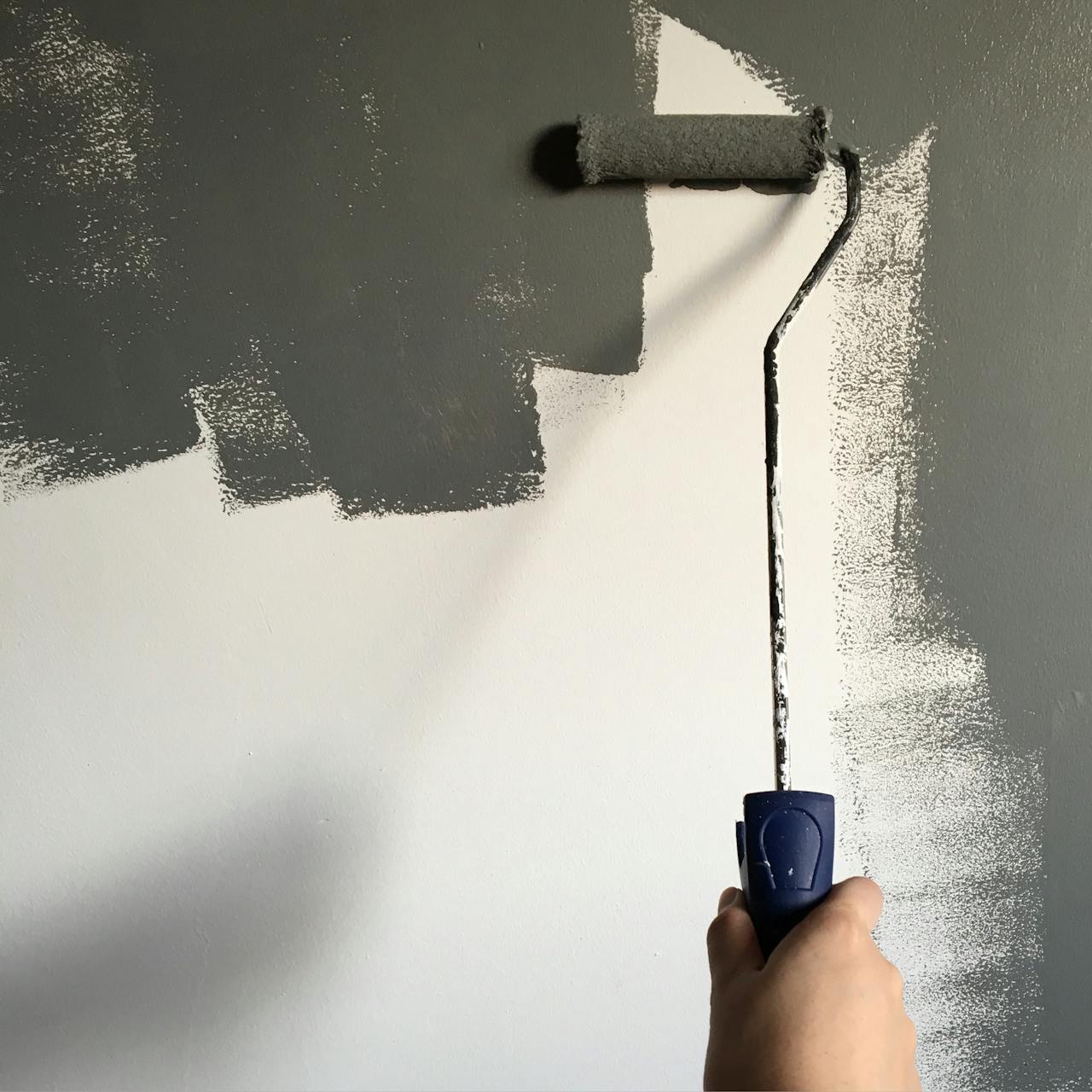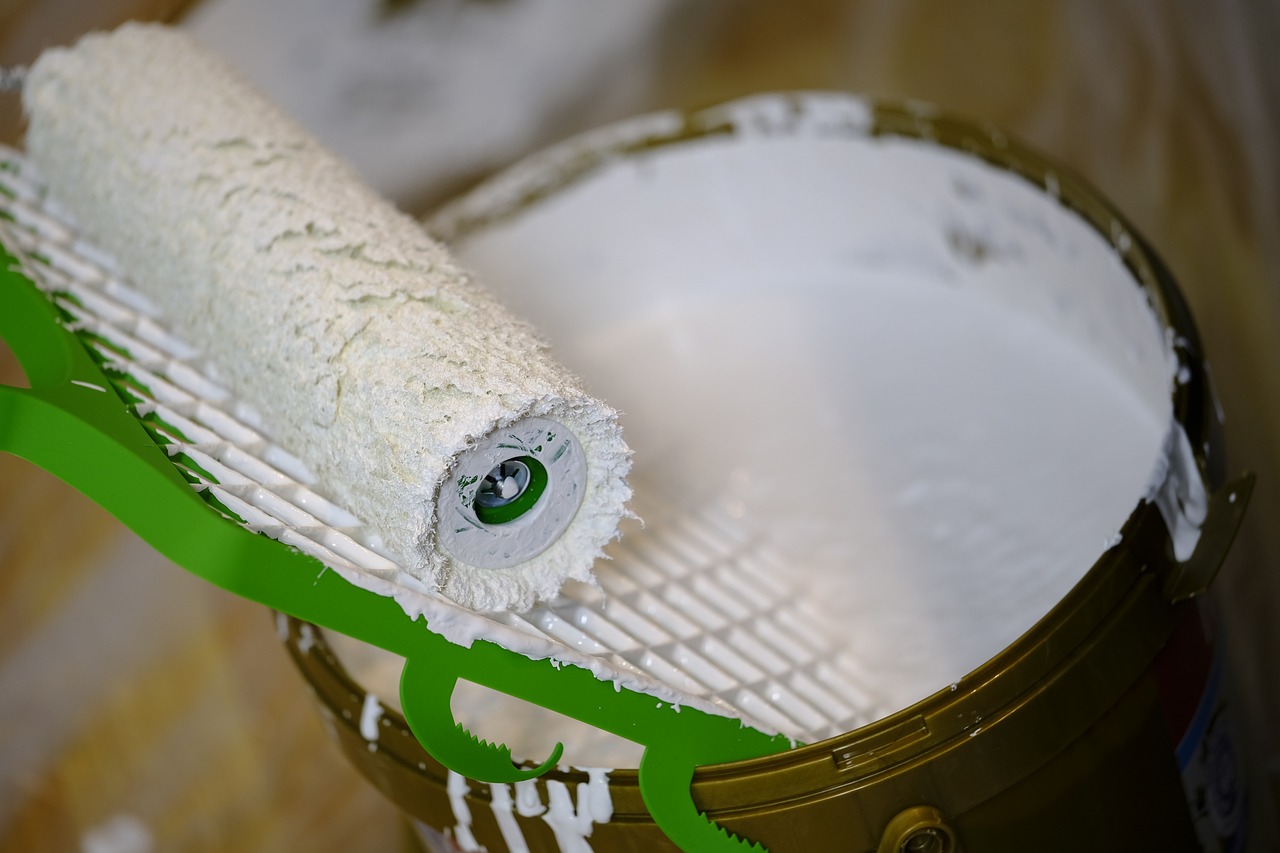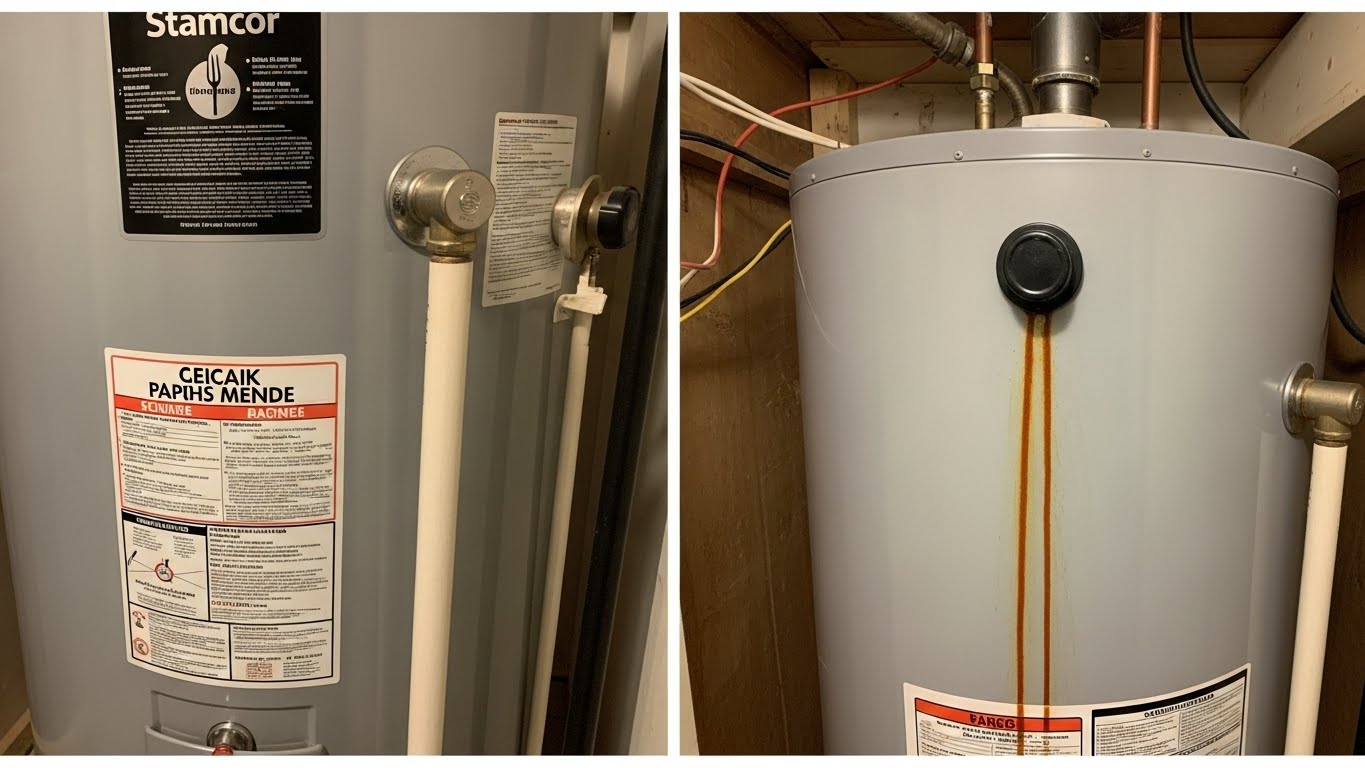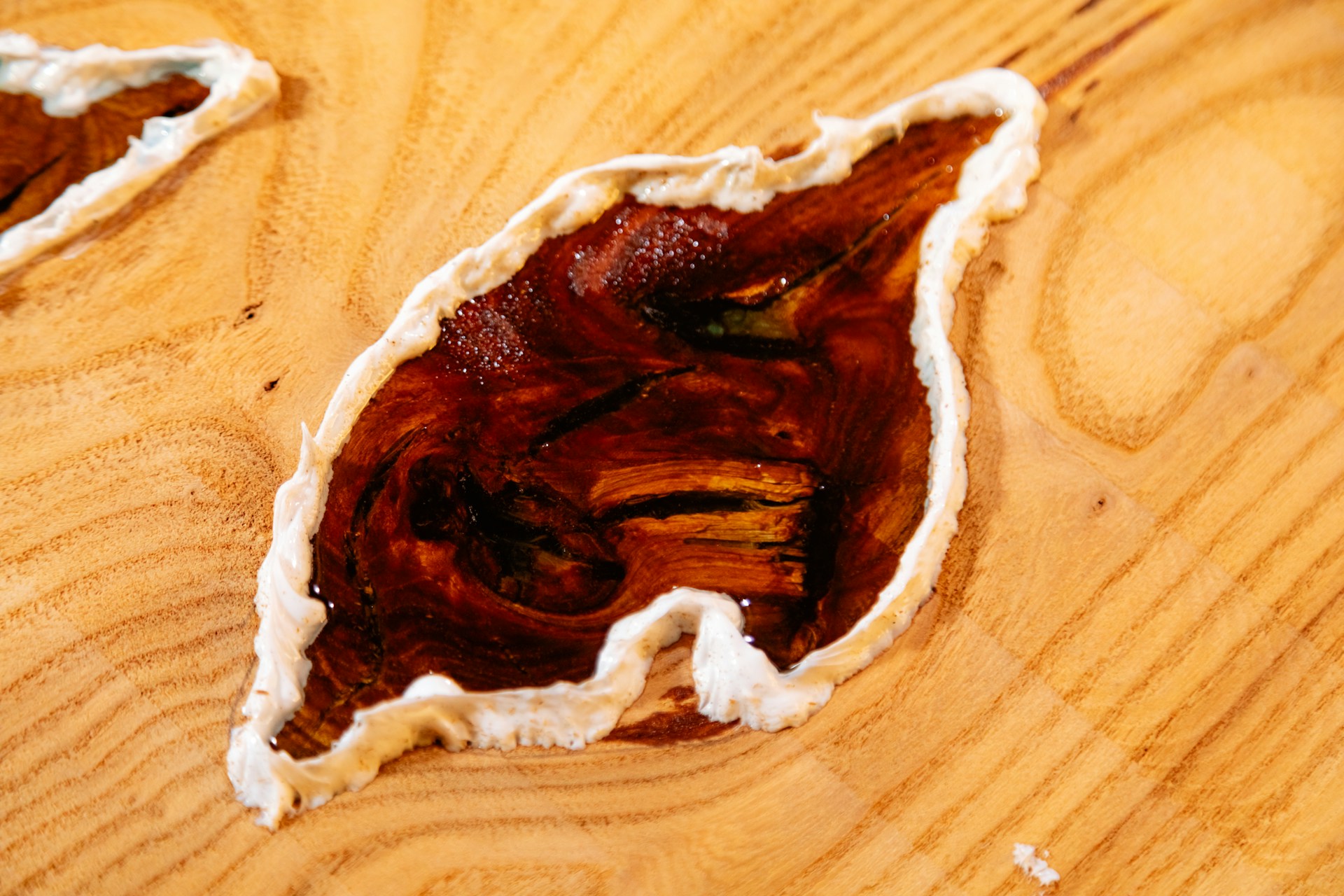Painting your home is a rewarding yet intricate task that can significantly enhance your living space. However, many homeowners make mistakes during this process that can lead to subpar results or additional expenses. Understanding and avoiding these common errors can help you achieve a professional-looking finish and extend the longevity of your paint job. Here are five major pitfalls to steer clear of when painting your home.
Neglecting Proper Surface Preparation
One of the most critical steps in achieving a flawless paint job is preparing the surfaces you plan to paint. Many people overlook this crucial phase, which can result in uneven coverage, peeling, or premature wear. Proper surface preparation involves cleaning the walls to remove dust, dirt, and grease. Additionally, any holes or cracks should be filled and sanded smooth to ensure a uniform surface. For surfaces previously painted, it’s essential to remove old, flaking paint and possibly apply a primer. Skipping these steps can lead to poor adhesion of the new paint and can significantly affect the final outcome. Investing time in meticulous surface preparation is a key factor in ensuring that your paint job looks professional and lasts longer.
Using Low-Quality Paint and Tools
Choosing the right paint and tools can make a world of difference in the final appearance of your project. While it might be tempting to go for cheaper options to save money, low-quality paint and tools can compromise the finish and durability of your paint job. Inferior paint may lack the necessary pigmentation and durability, leading to a less vibrant color that may fade quickly or require more frequent touch-ups. Similarly, low-quality brushes and rollers can leave streaks, lint, or uneven textures on the walls. Investing in high-quality paint and professional-grade tools ensures better coverage, a more even finish, and longer-lasting results. Although the initial cost may be higher, the durability and aesthetic benefits of using premium materials often justify the expense.
Ignoring Proper Application Techniques
Even with the best materials, poor application techniques can undermine your efforts. One common mistake is not applying enough coats of paint or not allowing sufficient drying time between coats. Rushing the process can lead to streaks, uneven color, and poor adhesion. It’s crucial to apply the paint evenly and to use long, smooth strokes to avoid roller marks or brush lines. Additionally, painting in unsuitable conditions, such as extreme temperatures or high humidity, can affect the paint’s ability to adhere properly and cure correctly. Always follow the manufacturer’s guidelines for drying times and ideal conditions. Taking the time to apply paint correctly and under appropriate conditions will result in a smoother finish and a more durable outcome.
Overlooking Professional Help When Needed
While many homeowners take on painting projects themselves to save money, sometimes enlisting professional house painters can be a wise decision. Professional painters bring expertise and experience that can significantly enhance the quality of the job. They are adept at handling tricky details, such as intricate trim work or complex color schemes, and have access to high-quality tools and materials that might be cost-prohibitive for DIYers. Additionally, house painters can efficiently manage larger projects, ensuring that the work is completed within a reasonable timeframe and to a high standard. If you find yourself overwhelmed by the complexity of the task or unsure about achieving the desired results, consulting with or hiring professional painters can provide peace of mind and a superior finish.

Not Paying Attention to Primer Application
Primer is often overlooked but is essential for a successful paint job. Applying primer before painting helps to create a uniform surface, improves paint adhesion, and enhances the true color of the topcoat. Without primer, you might encounter issues like uneven color coverage or paint that fails to adhere properly, especially when painting over a dark color or a surface with stains. Primer also helps to seal porous surfaces and can make the topcoat go on more smoothly. Ensuring that you use the appropriate type of primer for your specific surface and paint will greatly contribute to the longevity and appearance of your paint job.
Failing to Protect Surrounding Areas
Another common mistake is not adequately protecting areas around the painting site. Paint can easily splatter or drip onto floors, furniture, or fixtures, leading to additional cleanup or damage. Using drop cloths, painter’s tape, and plastic sheeting to cover and protect these areas can save you time and effort in the long run. Proper masking and covering help prevent unwanted paint marks and ensure that only the intended areas are painted. By taking these precautions, you can avoid unnecessary messes and ensure a cleaner, more professional finish.
Skipping Proper Ventilation
Proper ventilation is crucial during and after the painting process, yet it is often overlooked. Paints, especially those with higher levels of volatile organic compounds (VOCs), release fumes that can be harmful if inhaled in high concentrations. Adequate ventilation helps dissipate these fumes and accelerates the drying process. Ensure that you open windows and doors to create airflow and use fans if necessary to circulate air. Additionally, avoiding painting in enclosed spaces or during high humidity conditions can prevent issues like prolonged drying times or the growth of mold. Prioritizing good ventilation not only safeguards your health but also contributes to a more effective and lasting paint application.
Overlooking Color Sample Testing
Choosing the right color for your home can be challenging, and skipping the step of testing color samples can lead to undesirable outcomes. Paint colors can look different under various lighting conditions and may not always match the swatches or samples seen in the store. It’s essential to test paint samples on the walls where you plan to apply them, observing how they look at different times of the day and in various lighting conditions. This helps to ensure that you are satisfied with the final color choice before committing to a full paint job. Testing samples allows you to avoid costly mistakes and ensures that the color you choose will meet your expectations once applied.
Ignoring Professional Advice
Many homeowners underestimate the value of seeking professional advice when planning a painting project. While DIY resources and tutorials can be helpful, consulting with experienced painters can provide insights and tips tailored to your specific needs. Professionals can offer advice on the best types of paint for different surfaces, recommend tools and techniques, and even suggest color combinations that might enhance your space. Ignoring this expert input can lead to preventable errors or less optimal results. Engaging with professionals, even for a consultation, can enhance your understanding of the process and help you make informed decisions that ensure a successful and high-quality paint job.
Painting your home is more than just applying a new color; it’s about achieving a lasting transformation that enhances your living space. By steering clear of common mistakes—such as neglecting proper surface preparation, opting for low-quality paint and tools, using improper application techniques, skipping primer, and failing to protect surrounding areas—you set the stage for a professional-grade finish. Each step in the painting process contributes to the overall success of the project, from the initial preparation to the final touches. Investing time and effort into these aspects not only ensures a more aesthetically pleasing result but also extends the durability and longevity of your paint job. Whether you choose to tackle the project yourself or seek the help of professional house painters, a well-executed paint job can rejuvenate your home, adding both beauty and value. By following these guidelines, you can avoid common pitfalls and enjoy a fresh, flawless finish that transforms your living space and stands the test of time.












